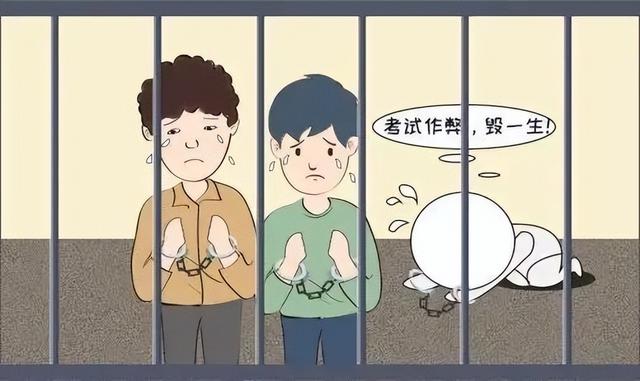The first week in ancient Heshun (腾冲市和顺古镇) was a rush to the senses. Clean air and clear skies set off renovated homes and fields of rape flowers, while at night it was possible to count stars. We ate bean porridge seasoned with local chili sauce and stood in line to eat bean cake rolls, and as we left the restaurant we brushed our hands against the cool surface of volcanic stone. Although roads now thread through protected forest areas, nevertheless tourism has transformed Heshun’s “scenic area,” which costs 55 yuan to visit. The ticket includes entry to the town’s main historic attractions. Consequently, “scenic” Heshun is as modern as anywhere else in China: within its narrow allies, tourists navigate a smorgasbord of imported goods and plastic containers, fluffy kittens and easy-going golden retrievers, as well as stores selling luxury items such as Myanmar jade, “southern red” jade, silver jewelry, and local ceramics.
This slideshow requires JavaScript.
Continue reading →











